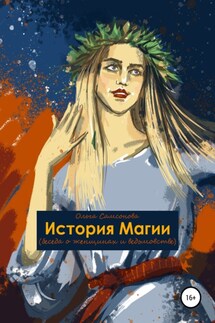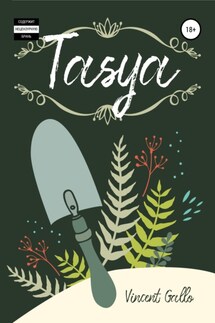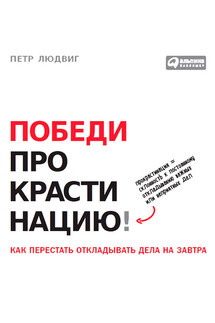The Great Secret of Holy Death - страница 4
As the Señora de la Noche (Lady of the Night), she has a special preference for people who work once the Sun has set because of the dangers they are exposed. She helps taxi drivers, mariachis, bartenders, police officers, soldiers, waitresses, prostitutes, etc. She is the patroness and the defender against assaults, road killings, wounds by firearms, and against all types of violent death. It has been reported that she has prevented the death of devotees involved in road accidents.
You may also ask her for things that you would not dare to ask other saints, for example: the death of your enemy, rival or unfaithful partner; damage to the properties of those who feel envious or resentment, or make that all evil they have sent towards us turns against them. She is considered a righteous entity, since she does not grant whims, but gives everybody what they deserve. Therefore, her devotees are asked to live a righteous life and fulfil the promises they make to the Most Holy.
Chapter 2 – Why is the worship of the Holy Death Expanding?
To answer this question you are going to understand me very easily. Almost all of us come from religions that threaten or suggest that things will go wrong if we act or think badly.
At some point in our lives, we have all been angry, we have all screamed or we have all said something in a moment of heat. This is part of human nature.
What difference is there with the cult of the Santisima Muerte (the Most Holy Death), La Nina Bonita (the Pretty Girl), La Flaca (the Skinny), La Flaquita (the Skinny Lady), La Santa Patrona (the Patron Saint), la Catrina…?
Well, you can ask for anything and we all, basically, deserve to have the same help without any difference, without judging our past, or what we have done; you must only look forward: it does not matter if you are a peasant or a king.
We all have a common moment in our lives in which we know we must cross the line without the certainty of knowing where we are going.
If all our material possessions were taken away and we were told that we had to go, that the hour of our death had arrived… the first thing we would do would be to take care of our loved ones, and we would put everything in order in one way or another. But, what none of us would forget then, is that the most important thing is to have a good death, a peaceful death and with no pain.
Since the Most Holy Death helps and protects everyone she has been wrongly labelled, for a short time, as something negative.
The people who ask and pray to her have found great relief and consolation and that is why her worship and spreading is done through her own devotees, transmitting the cult orally from parents to children.
Chapter 3 – The representation of the Holy Death and its forms
The Holy Death may be represented in different ways, as a male or a female figure; as a masculine figure, it is gloomily dressed and has a scythe and a rosary; as a feminine figure, it is dressed in a long white satin robe and has a golden crown.
The Holy Death may also be represented as a skull, a skeleton covered with a robe, sometimes holding a scale -which means equality for all- or with a scythe, as an elderly woman or as a pretty young woman, dressed in white, in black, in red, in yellow, or in other colours, or also as a man in humble clothes.
The most frequent representations are in prints, either in black and white or in colours. They are made of resin, glass, metal, papier-mâché, wood, bone, etc., and consecrated according to the person who makes them.









